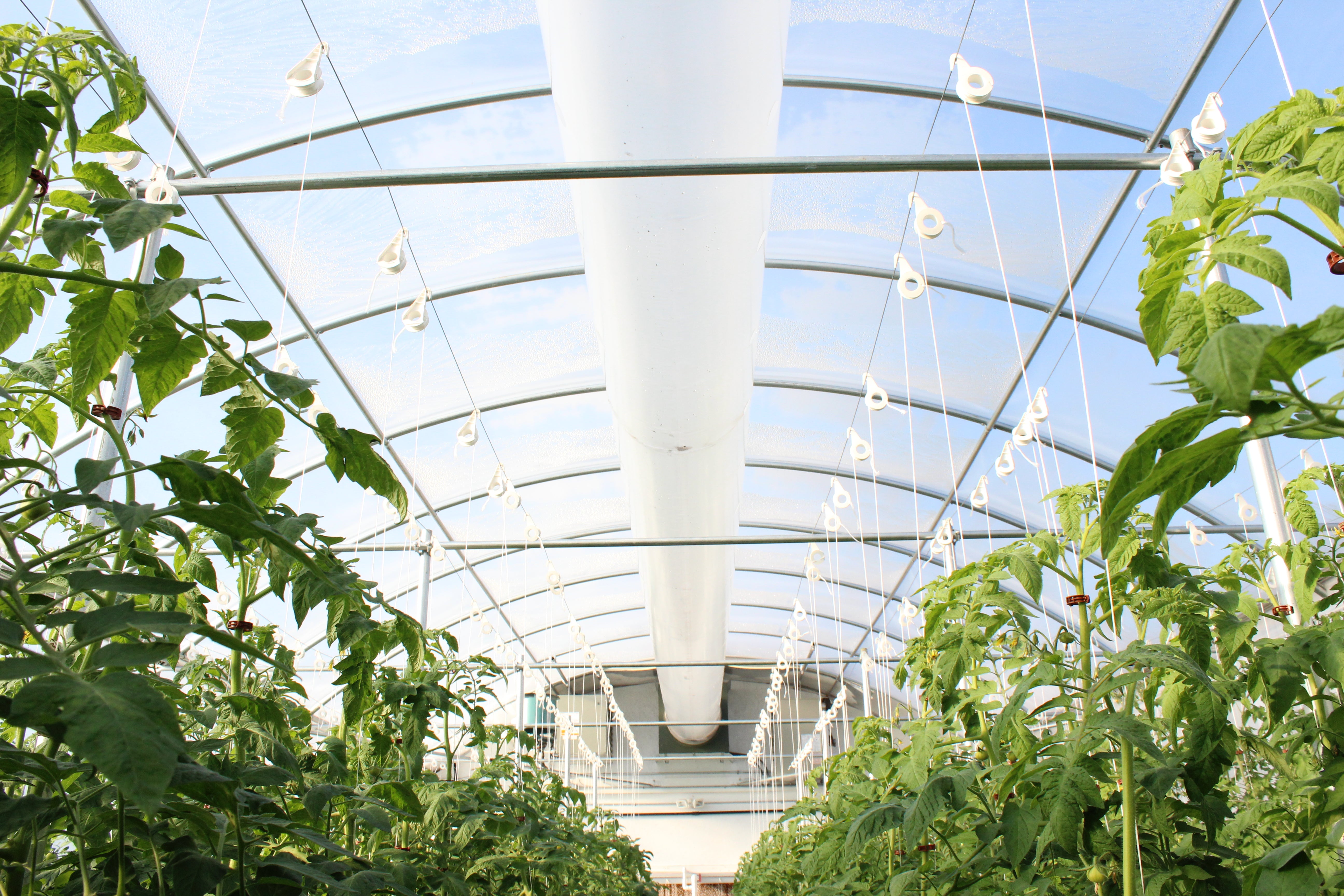Role of Perlite in Hydroponic Culture
Dr. David A. Hall
Horticultural perlite has a long and enviable record of performance as a propagating and growing medium throughout the world. It has been successfully used in virtually all horticultural applications including glass house growing, landscaping, lawn and stadium turf and in a variety of container applications. Time and time again it has proven its superiority in meeting the needs of commercial growers and home gardeners. Hydroponic culture is no exception. Extensive testing over a period of years at the West of Scotland Agricultural College has documented the superiority of perlite over other methods of hydroponic culture. For example, tomato crops hydroponically grown in perlite have produced average yields 7% higher than crops grown in rockwool. In addition to significantly increasing yields, perlite culture is particularly easy to manage and offers additional benefits.
Watering
As a rooting medium, perlite is superior to rockwool. The outstanding feature of perlite is the ease with which a constant supply of water and nutrients can be maintained in the substrate simply by placing the plant container in a shallow reservoir of nutrient solution. Perlite's strong capillary attraction for water automatically draws up solution from the reservoir at the same rate that the plants remove water. Nutrient enriched water is trapped in the tiny irregularities on the surface of perlite particles where it is available for use by plant roots. Excess solution remains in the reservoir. The ease in which the optimum moisture level can be maintained around roots is the key to perlite's success and it is a significant advantage over rockwool, which has less capillarity. Rockwool is close to being waterlogged at its maximum water-holding capacity, when it can hold as much as 85% water by volume and, hence, too little air for optimum root development and growth. Perlite's free-draining nature means that it retains less than half this amount of water. Roots in perlite are always well aerated and well watered. In contrast to perlite, the moisture content of rockwool fluctuates from too wet (jut after watering) to too dry (just before watering). To minimize such fluctuations, growers using rockwool must resort to a "little-and-often" watering regime. Nutrient solution may have to be added to rockwool slabs as often as 24 times per day.
Fertilizer and Water Costs
To avoid the possibility of water logging when rockwool is used, polyethylene sleeves of rockwool slabs should be slit to drain out excess nutrient solution. This continual waste of water and fertilizers can increase the combined cost of these items to more than double that for perlite culture where a reservoir system can be easily adapted.
Re-Use
Perlite is physically stable and, unlike rockwool, will retain its excellent air/water balance for many years if handled carefully. Some growers have used perlite for tomatoes more than one growing season and it has subsequently been re-used for potting mixes and soil conditioning. If perlite is re-used, sterilization may be necessary.
Summary
Horticultural perlite provides more constant moisture status around the roots at all times irrespective of weather or stage of crop growth.
Perlite ensures more even watering throughout the growing area.
There is less likelihood of over watering with horticultural perlite.
Perlite culture avoids wastage of water and nutrients.
The use of perlite eliminates the need to grade growing floors accurately.
Dr. Hall is from the Soil Science Unit Agricultural Chemistry Division, The West of Scotland Agricultural College.
hydroponics hydroponic perlite